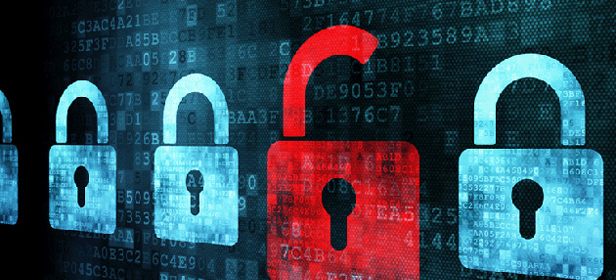Although a few years ago being the victim of a hacker attack was something you saw in the movies, today it is more common than it may seem. We have seen evidence of this in recent months with the hacker attacks on Twitter and Evernote in which the privacy of hundreds of thousands of users was compromised. Although on a small scale, email accounts and social networks are hacked frequently, too. If this is the case, there are a few steps we recommend you take if this sort of thing happens to you.

Look for a cause
If it is an isolated event, and not a problem of large scale vulnerability on an external service, the first thing you should do while trying to gain control of your computer or email again is ask yourself why the attack happened. If it is the case that they are after your bank account, the reason is obvious; but if they attacked your email account, then there could be many reasons behind it.
An email account can be used to send spam, ask for money from frequent contacts, or to gain access to passwords to other services linked to that email address. Knowing the reason why you are being attacked can help you understand how they did it, and therefore protect yourself in the future.
However, the problem could simply be that you have very weak passwords for your accounts. Also, using the same password for several different services can expose you to huge threats if you become the victim of an attack, as someone could take control of your entire online identity in a matter of minutes if you share the same information across all your accounts.
Of course, using an updated antivirus and firewall, or keeping your operating system up-to-date greatly helps to keep you from running into unpleasant surprises.
Try to recover your account
Before you panic, and if the hack happened recently, try to recover your account by resetting the password. The majority of email services, instant messengers, and social networks have resources so you can verify and modify your information using a secondary email address or your cell phone.
If you don’t catch it in time, everything is not lost if what they hacked was an email account, or your identity on a social network. There are ways to recover your account, which normally is by answering some questions according to the recovery method used by each service. On Facebook, all the information you need, and steps you need to take, can be found here. If, however, they hacked your Twitter account, you can click here to let them know about the problem.
In the event that it was your email account, there are also services that can help, such as those offered by Gmail and Hotmail.
Take extra precautions
When someone hacks an email account, or that of a social network, they are looking for a way to maintain access even if you change your passwords. So, it is recommended that you check if your security questions have been changed, in addition to the other recovery tools available for each service. You should also check the settings on your email account in case they were sending spam or copies of your emails without your knowledge. Every case is different, and it is a good idea to thoroughly review how each service works when it comes to its recovery method.
In the event that the service that was hacked is directly linked to a bank account, such as PayPal, it is very important that you check the linked accounts because you could receive a very unpleasant surprise in your mailbox in the form of a large bill. If that happens, you should contact your bank to place a hold on any banking transaction until the problem is resolved.
It’s also important to notify all your contacts that you have been hacked, as your contacts could end up becoming collateral victims of the attack if they were spammed, and even fall into a phishing trap if they thought that they were talking with you.
Create strong passwords
Ultimately, it’s better to prepare and prevent than repair and repent. You can’t do anything when there is a massive attack against a social network, but you can preserve the rest of your virtual identity by taking measures as simple as those we previously mentioned: use complex passwords that can’t be easily figured out, don’t use the same password for all of your services, and change them every few months.
In reality, the ideal thing is to not have to follow any of the steps in this help, which would mean that your security is good.












[…] As we have already explained on other occasions, checking your system’s firewall status and any updates for your antivirus help you avoid hackers from gaining access to your network. The firewall’s function is to block any unauthorized access and communications, which is why it is highly recommended that you have it properly configured. To activate it, or check its status, go to the Control Panel > System and Security > Firewall. […]